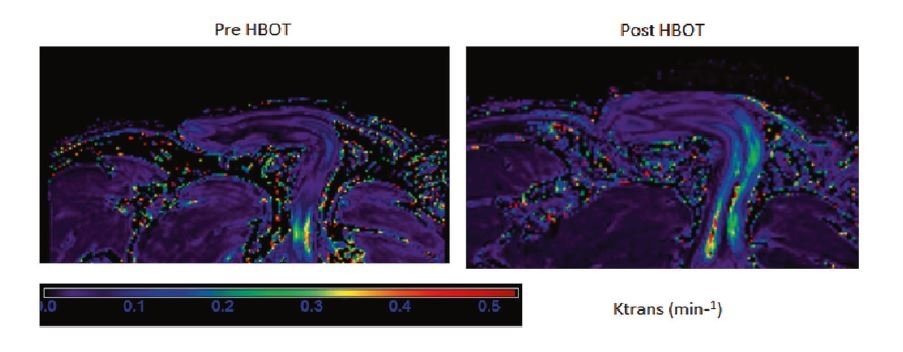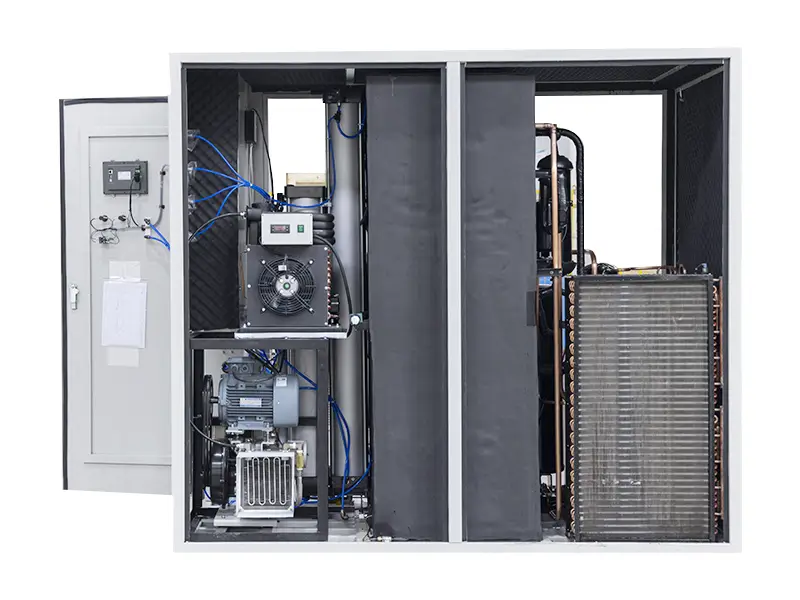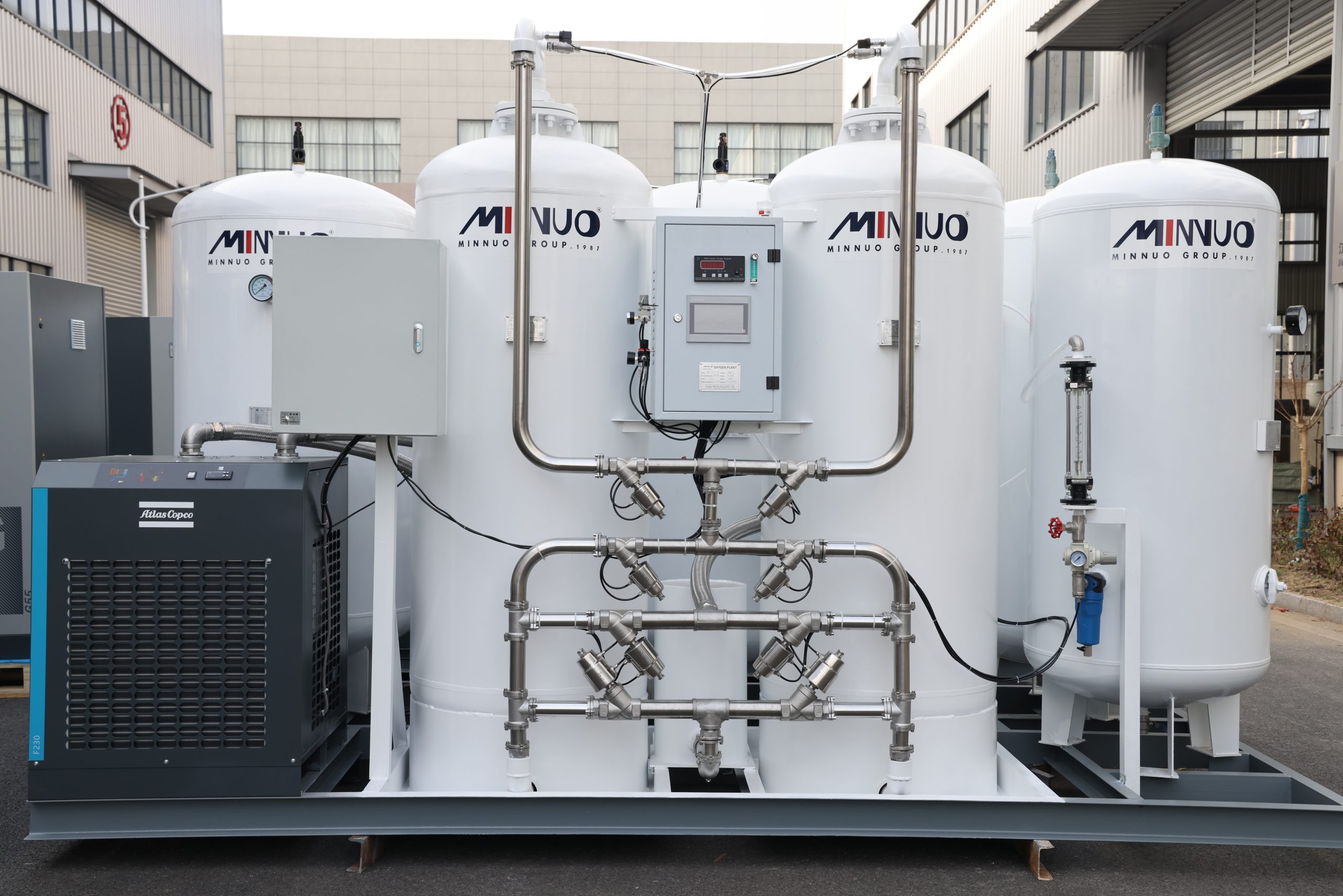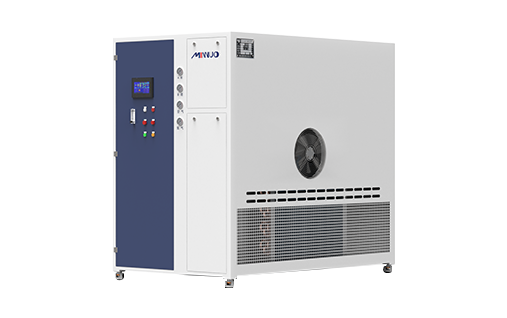Erectile dysfunction (ED) is a common and often distressing condition that affects millions of men worldwide. Traditional treatments, such as phosphodiesterase type 5 inhibitors (PDE5Is), aim to temporarily improve blood flow but do not address the underlying vascular issues of ED. For patients with chronic, non-surgical ED, especially those who are unresponsive to conventional treatments, there is a pressing need for new therapeutic approaches. This article explores the mechanism by which Hyperbaric Oxygen Therapy (HBOT) promotes penile vascular regeneration, improves blood flow, and provides a long-term solution for the restoration of erectile function.
HBOT works by administering pure oxygen to the patient in a pressurized environment, significantly increasing the oxygen supply to tissues. This process stimulates the release of vascular endothelial growth factor (VEGF) and fibroblast growth factor (FGF), which in turn promote the generation of new blood vessels (angiogenesis). For ED patients, particularly those with ED caused by atherosclerosis or insufficient blood flow, HBOT can improve penile blood supply, repair damaged endothelial function, and increase blood flow to the penis, thereby restoring erectile function.

The Vascular Basis of Erectile Dysfunction
Erectile dysfunction often arises from an inability to achieve or maintain an erection due to insufficient blood flow to the penis. In healthy men, blood is directed to the penis through the arteries during sexual arousal, causing the corpora cavernosa (two erectile tissue chambers) to fill with blood, leading to an erection. However, in men with ED, vascular issues prevent this normal blood flow. The most common vascular causes of ED include:
Atherosclerosis
The buildup of fatty plaques in the arteries, leading to narrowed and stiffened vessels.
Endothelial Dysfunction
A condition in which the blood vessel lining becomes damaged, impairing its ability to produce nitric oxide, a molecule that facilitates vasodilation.
Reduced Penile Perfusion
A situation in which blood flow to the penis is insufficient due to blockages or narrowed arteries, often seen in diabetic men or those with cardiovascular diseases.
For patients suffering from these conditions, traditional treatments such as PDE5 inhibitors (e.g., sildenafil) often fail to provide sufficient results. While these drugs help by improving blood flow temporarily, they do not address the underlying vascular damage. This is where Hyperbaric Oxygen Therapy (HBOT) offers a novel solution.
How Hyperbaric Oxygen Therapy Works
Hyperbaric Oxygen Therapy involves breathing 100% oxygen in a pressurized chamber, where the air pressure is higher than normal atmospheric levels. This environment allows the body to absorb more oxygen, which can accelerate the healing of tissues with poor oxygenation. For ED patients, HBOT works in several key ways to improve both vascular health and erectile function:
Enhanced Oxygenation of Ischemic Tissues
The increased oxygen supply helps oxygenate tissues that are deprived of sufficient blood flow, including the penile tissues. In ED patients, the tissues in the penis may suffer from hypoxia (low oxygen), which contributes to erectile dysfunction. HBOT enhances oxygen delivery to these tissues, facilitating tissue repair and regeneration.
Angiogenesis and New Blood Vessel Formation
One of the key benefits of HBOT is its ability to stimulate the production of vascular endothelial growth factor (VEGF) and fibroblast growth factor (FGF), both of which play a critical role in the formation of new blood vessels (angiogenesis). In ED patients, where reduced penile perfusion is a common issue, HBOT encourages the formation of new blood vessels, effectively increasing blood flow to the penis.
Improvement of Endothelial Function
HBOT has been shown to improve endothelial function—a crucial factor in maintaining healthy blood vessels and proper vasodilation. For men with ED due to endothelial dysfunction, HBOT can restore the normal function of blood vessel linings, allowing for better blood flow during sexual arousal.
Restoration of Penile Blood Flow
In patients with atherosclerosis or other vascular diseases, the arteries supplying blood to the penis may be narrowed or blocked. By stimulating angiogenesis, HBOT can restore healthy blood flow and alleviate the vascular issues underlying ED, improving both the quality and sustainability of erections.
Clinical Evidence Supporting the Use of HBOT in ED
Recent clinical studies have provided compelling evidence for the effectiveness of HBOT in treating non-surgical ED, particularly in cases where traditional treatments have failed. A prospective study involving 30 men with chronic, non-surgical erectile dysfunction (mean age: 59.2 years) evaluated the effects of 40 daily sessions of HBOT on sexual function and penile blood flow.
The study yielded impressive results:

Significant Improvement in Erectile Function
According to the International Index of Erectile Function (IIEF), erectile function improved by 88% (p < 0.0001) after 40 sessions of HBOT. This improvement is particularly noteworthy given that these men had chronic ED and had previously failed to respond to PDE5 inhibitors.
Positive Patient Feedback
80% of patients reported positive results, as indicated by the Global Effectiveness Question (GEQ). These patients noted improved erectile function, enhanced sexual satisfaction, and better overall quality of life after undergoing HBOT.
Increased Penile Blood Flow
Using magnetic resonance imaging (MRI) perfusion, the study found a 153.3% increase in penile blood flow (p < 0.0001), indicating that HBOT significantly improves blood circulation to the penis. This increase in blood flow is directly attributed to the angiogenic effects of HBOT.
These results demonstrate that HBOT can effectively reverse the vascular causes of ED by promoting the formation of new blood vessels and restoring healthy blood flow to the penile tissues. This makes HBOT a valuable treatment option, especially for men who have not responded to traditional therapies like PDE5 inhibitors.
Benefits of HBOT for treating ED
Non-Invasive Treatment
HBOT is a non-invasive, drug-free treatment that offers a safe and natural alternative for men with erectile dysfunction. Unlike surgery or mechanical devices, HBOT does not involve any invasive procedures or medications.
Restoration of Natural Erectile Function
By stimulating angiogenesis and improving endothelial function, HBOT helps restore the body’s natural ability to achieve and maintain an erection. This offers a more sustainable and long-term solution compared to temporary treatments like PDE5 inhibitors, which require ongoing use.
Effective for Those with Severe Vascular ED
HBOT can be particularly effective for patients with severe ED caused by vascular issues, such as atherosclerosis or diabetes. For men who have not responded to conventional treatments, HBOT offers a new avenue for restoring erectile function.
Potential for Long-Term Benefits
The angiogenic effects of HBOT may provide long-term improvements in penile blood flow, which could result in sustained erectile function over time. This is a significant advantage over PDE5 inhibitors, which only provide temporary relief.
Safe and Well-Tolerated
HBOT is generally considered safe and is well-tolerated by most patients. The risks are minimal, especially when administered under the supervision of qualified medical personnel.
Conclusion
Hyperbaric Oxygen Therapy (HBOT) offers a revolutionary treatment option for men with vascular erectile dysfunction, especially those who are unresponsive to traditional therapies. By promoting angiogenesis, improving endothelial function, and enhancing penile perfusion, HBOT addresses the underlying vascular issues of ED, rather than merely alleviating symptoms.
As an industry leader, MINNUO is committed to staying at the forefront of medical research and continuously developing new products. For more information about hyperbaric oxygen chambers, please visit the official MINNUO website!






 sales2:+86 17506119168
sales2:+86 17506119168

